Chill wind blowing outside, the end of a stressful day, or maybe family and friends gathering, no matter what the occasion, everyone enjoys the relaxing warmth and ambiance from a fire in the fireplace. The mesmerizing flames, the snap crackle and pop of the fire, the warmth radiating into the room, these are all things that we enjoy. But you may have questions. You want a fire, but what should you burn? Or even, what shouldn’t you burn? There are several questions relating to burning wood in a fireplace. What wood is best to burn? What shouldn’t i burn? And what should I NEVER burn? Before we get into what is best to burn, let’s take a quick look at what NEVER to burn in a fireplace.
The Never Burn List
First on the NEVER burn list would be household trash. While it may seem like a convenient way to reduce the amount of trash to take out, or even better, reduce the amount of trash in the landfill, burning many common household trash items can release toxins into the air and is generally bad for air quality.
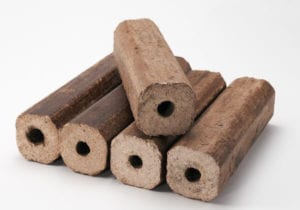
Eco Logs
Pressure treated lumber also falls into the NEVER burn category. Pressure treated wood is treated with a variety of chemicals. So that wood can be in contact with moisture and soil without rotting. These chemicals will release harmful toxins when the wood is burned, so always stay away from burning any lumber that is treated.
Poison ivy, poison oak and others also fall into the NEVER burn category. Examine the wood to see if there are any clinging vines on the outside. The smoke from burning wood with poison ivy or oak is often more irritating than contact with the actual leaves or vines. So be cautious with any vines left on wood.
What About Driftwood?
Driftwood may not necessarily be a NEVER burn but always use caution. Was the wood in fresh water or salt? What is the moisture content? Driftwood, while seeming dry, can often have much higher moisture content due to extended time in the water. Any wood exposed to salt water will have residue from the salt. Burning salt soaked wood is also very bad for air quality.
Lastly, check your local area for toxic woods that should never be burned. While not very common, some areas do have species of wood that are toxic. One example would be Oleander wood. Typically found in milder climates that do not have frost. I won’t take time in this short article to examine every possible species but will simply advise to check your local area to see what types may be present.
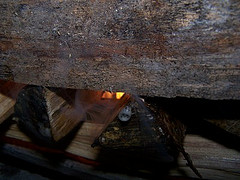
Wet Wood
The most common mistake in burning wood in a fireplace would be using wood that has too high moisture content. The typical ‘ideal’ range would be 15% – 20%. Generally speaking 22% or under should be fine. Burning wet wood, too high moisture content will result in improper combustion, too much smoke, and most importantly, it will lead to creosote buildup in your chimney. Creosote glaze in the chimney is what can catch fire and result in a chimney fire which has the potential to damage the structure. Pick up a moisture meter from a local fireplace shop or online, or at a local hardware store. Ensuring that your wood has the correct moisture level will greatly enhance your fireplace experience.
What Wood to Burn?
When looking for the best wood to burn, I suggest considering the follwing questions. How long do I want the fire to burn? What if I’m ready to go to bed before the fire is out? Softer wood may often be a better option for quicker fires. Poplar, some pine wood, and even some species of maple will burn faster and may be a better option for quicker fires. Hardwood is denser, and will burn longer. So when starting a fire in the evening, be prepared for a longer period before you can close the damper. There are many recourses online to find the best type of wood for the fires that you want, here is one chart that is fairly extensive.
Manufactured ‘logs’ or ‘bricks’ can be a popular option for people that may not have firewood available or may not have the storage space for firewood. These products are typically made from compressed sawdust or even coffee grounds. Some of these products use paraffin wax as a binding agent to hold the sawdust together. Others are simply compressed wood, grasses, or other natural products. While they may not have the full aesthetic value as real wood, these products are safe to burn in your fireplace as long as basic safety practices are followed.
There are many good options for burning in your fireplace. Whatever you select, educate yourself on the basic safety tips on burning wood in a fireplace, select your wood with care, and enjoy many warm evenings around the fire!
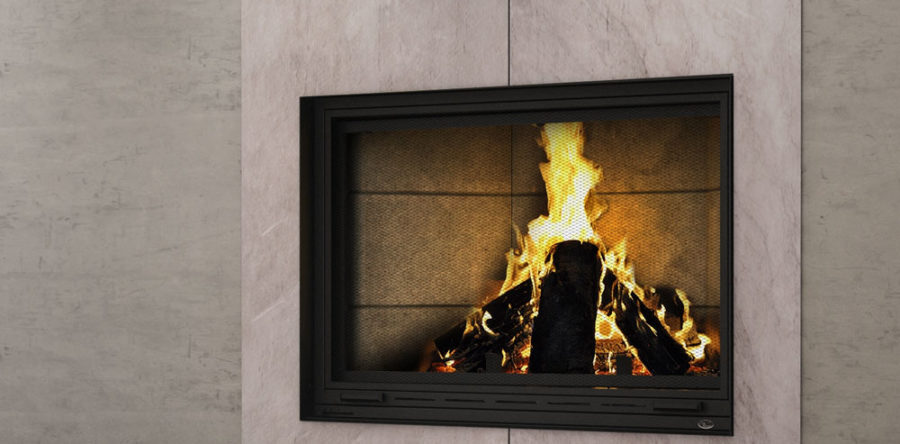

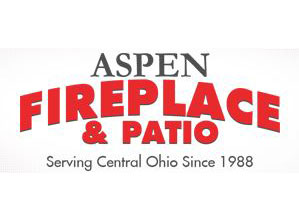

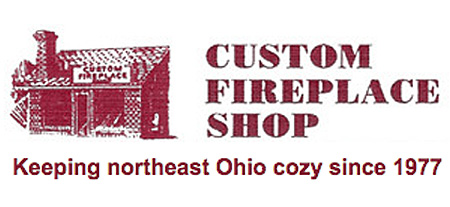
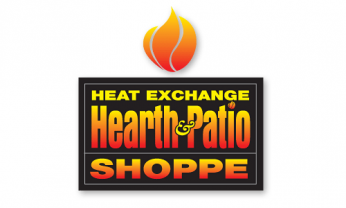





3 Responses